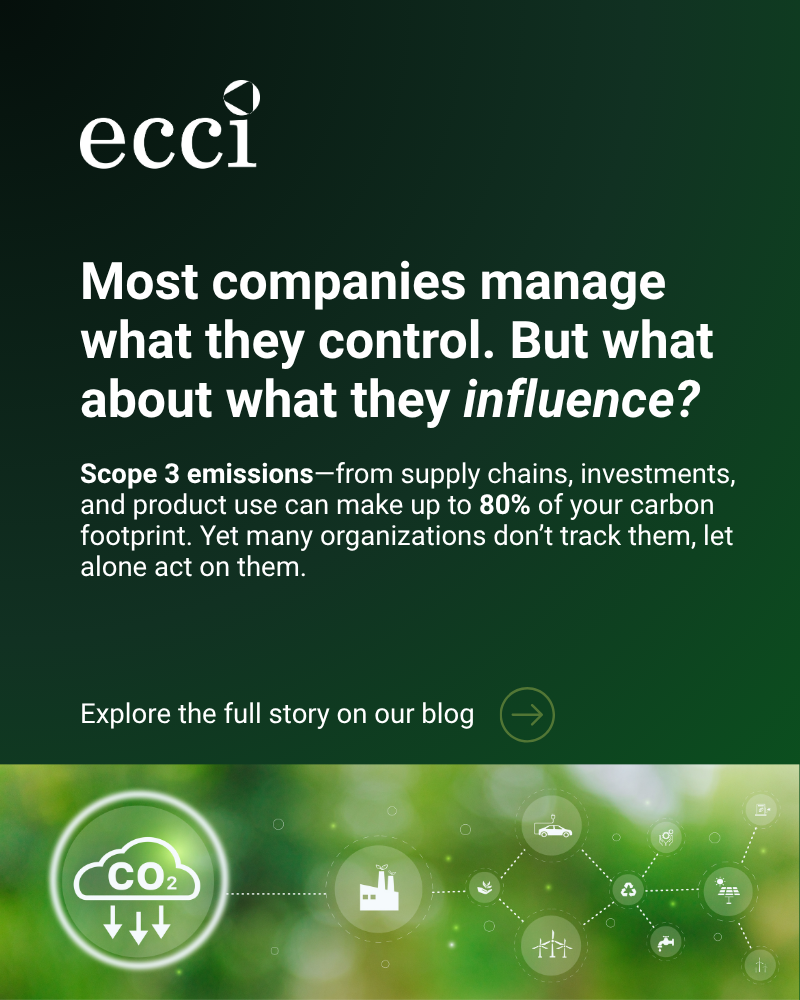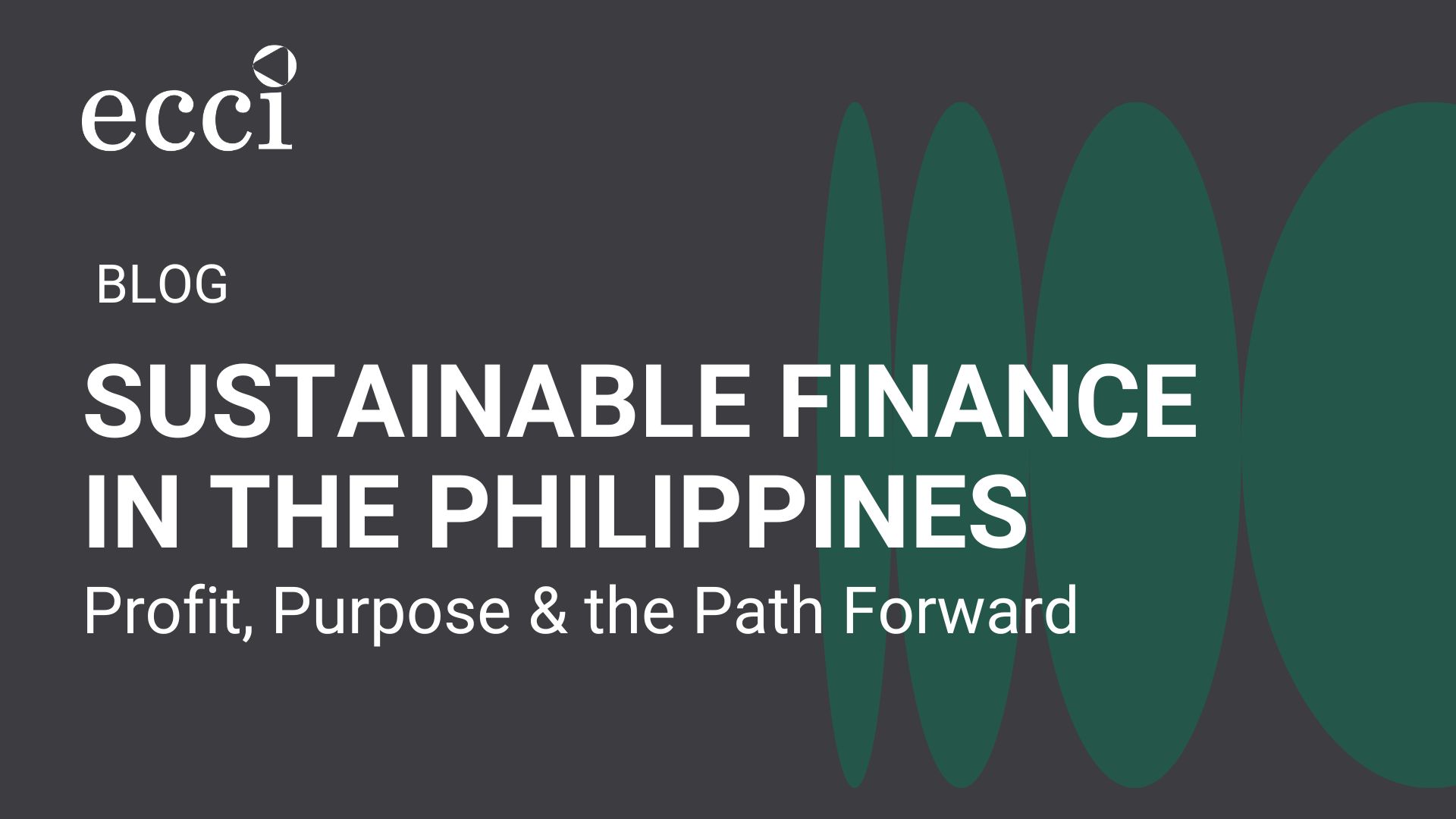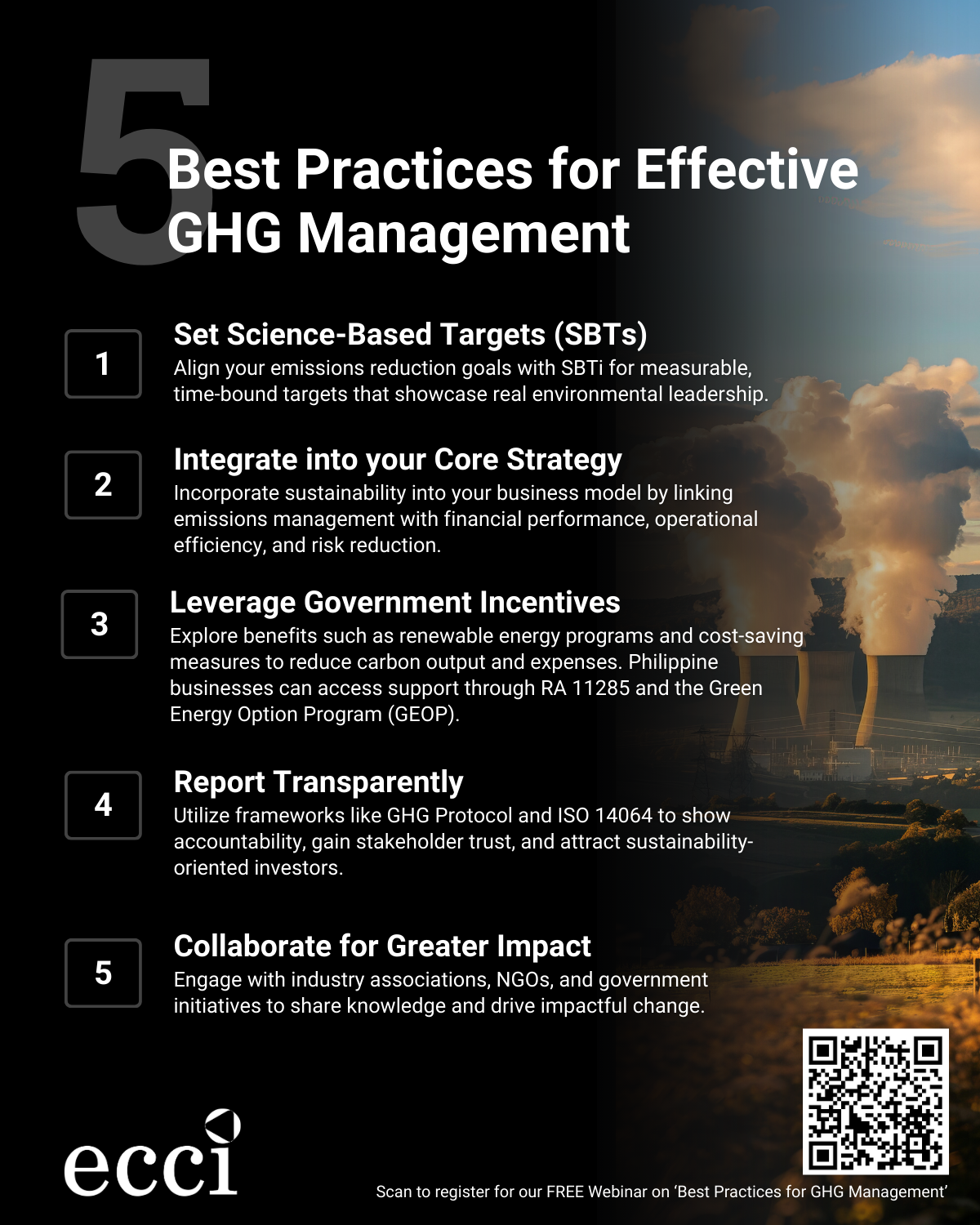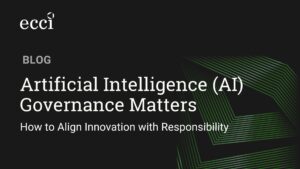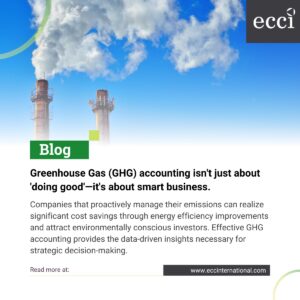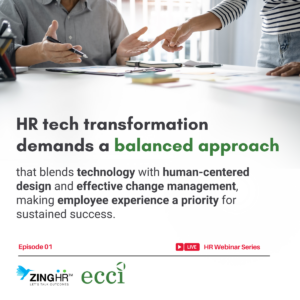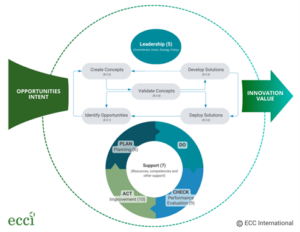The Securities and Exchange Commission (SEC) of the Philippines has released a draft Memorandum Circular for public comment on July 30, 2025, proposing rules for mandatory sustainability reporting. Under the draft, Tier 1 entities—originally slated to begin reporting for FY 2025—would now start with FY 2026 reports, due in 2027. This revised timeline is part of a tiered schedule that also covers Tier 2 and Tier 3 Publicly-Listed Companies (PLCs) as well as Large Non-Listed Entities (LNLs) for the first time.
The move aligns the Philippines’ reporting standards more closely with the Philippine Financial Reporting Standards (PFRS) S1 and S2, local adaptations of the ISSB’s IFRS S1 and S2, while giving companies additional time to prepare systems, data, and assurance processes. The SEC is currently seeking stakeholder feedback before finalizing the rules.
What’s New?
Under the proposed guidelines, covered entities will be required to adopt the Philippine Financial Reporting Standards (PFRS) S1 and S2, local versions of the ISSB’s IFRS S1 and S2. These standards establish the minimum requirements for disclosing:
- Sustainability-related financial information (PFRS S1)
- Climate-related risks and opportunities (PFRS S2)
According to BusinessWorld, the SEC aims to “enhance transparency and comparability in non-financial reporting” as part of its broader push to attract sustainability-focused investors and institutionalize ESG accountability in the Philippine capital market.
Who Will Be Affected?
The proposed rules apply to:
- Publicly-Listed Companies (PLCs): All companies listed on the Philippine Stock Exchange
- Large Non-Listed Entities (LNLs): Companies with annual revenues exceeding PHP 15 billion
This expansion ensures that both publicly traded and influential private firms are included in the country’s ESG reporting framework.
Key Requirements
1. Sustainability Reports Are Mandatory
- Must be filed annually
- Requires Board of Directors’ approval
- To be submitted with the Annual Report (PLCs) or Audited Financial Statements (LNLs)
2. Framework Compliance
- Until FY 2025: Any internationally recognized framework is allowed
- Starting FY 2026: Mandatory use of PFRS S1 and S2
3. Independent Assurance
- Limited assurance on Scope 1 and 2 greenhouse gas emissions is required
- To be conducted by an accredited practitioner two years after the tier’s adoption year
When Does It Start?
The SEC proposes a tiered implementation schedule based on company size and market capitalization:
| Tier | Entities | First Reporting Year | Report Due |
| Tier 1 | PLCs with market cap > PHP 50B | FY 2026 | 2027 |
| Tier 2 | PLCs with market cap PHP 3B–50B | FY 2027 | 2028 |
| Tier 3 | PLCs < PHP 3B & LNLs > PHP 15B revenue | FY 2028 | 2029 |
Transition Reliefs Explained
The SEC is offering temporary flexibilities to help companies ramp up their ESG readiness:
| Relief Type | Duration | Details |
| Climate-only reporting | 1–2 years | Focus solely on climate disclosures under PFRS S2 |
| Late submission grace period | 1 year | Submit up to 9 months after FY-end (or with Q2 interim reports) |
| No requirement for comparative data | 1 year | No need to include prior-year figures in initial report |
| Use of non-GHG Protocol methods | 1 year | Allowed to use alternative GHG accounting standards |
| Scope 3 emissions not required | 2 years | Companies may exclude value chain emissions initially |
These reliefs vary slightly by tier and are meant to support smoother onboarding to the new standards.
Exemptions and Penalties
- LNLs may be exempted if their parent entity (local or foreign) already reports under the same standards and includes the LNL in its disclosures.
- Non-compliance by PLCs, such as failure to attach the required Sustainability Report, will result in penalties. The circular resets offense counts—offenses under this draft will be considered fresh and not carried over from prior SEC guidelines.
What’s Next?
The SEC is inviting public comments on the draft until August 15, 2025, via this form. Stakeholders—including corporate leaders, compliance officers, and sustainability professionals—are encouraged to participate and shape the final version.
Why This Matters
This marks a pivotal shift from voluntary ESG disclosure to a regulatory-driven model, aligning the Philippines with global sustainability reporting trends. The SEC’s initiative is designed to:
- Build investor confidence
- Improve non-financial risk management
- Enhance comparability across companies
- Support national agendas like AmBisyon Natin 2040
Final Thoughts
As ESG expectations rise globally, companies that invest early in reporting infrastructure, data governance, and third-party assurance will be better positioned to lead. This is not just about regulatory compliance—it’s about future-proofing your business, building credibility, and driving long-term value in a low-carbon economy.
Where ECCI Can Help
As sustainability reporting becomes mandatory, organizations will need not only to comply but also to strengthen their ESG capabilities. With 25 years of experience and having served 1,000+ customers, including many of the Philippines’ largest corporations, ECCI brings deep expertise in ESG reporting, GHG inventories, climate risk advisory, and sustainability strategy — enabling companies to navigate evolving requirements and create long-term value.
For more information, visit this link.


